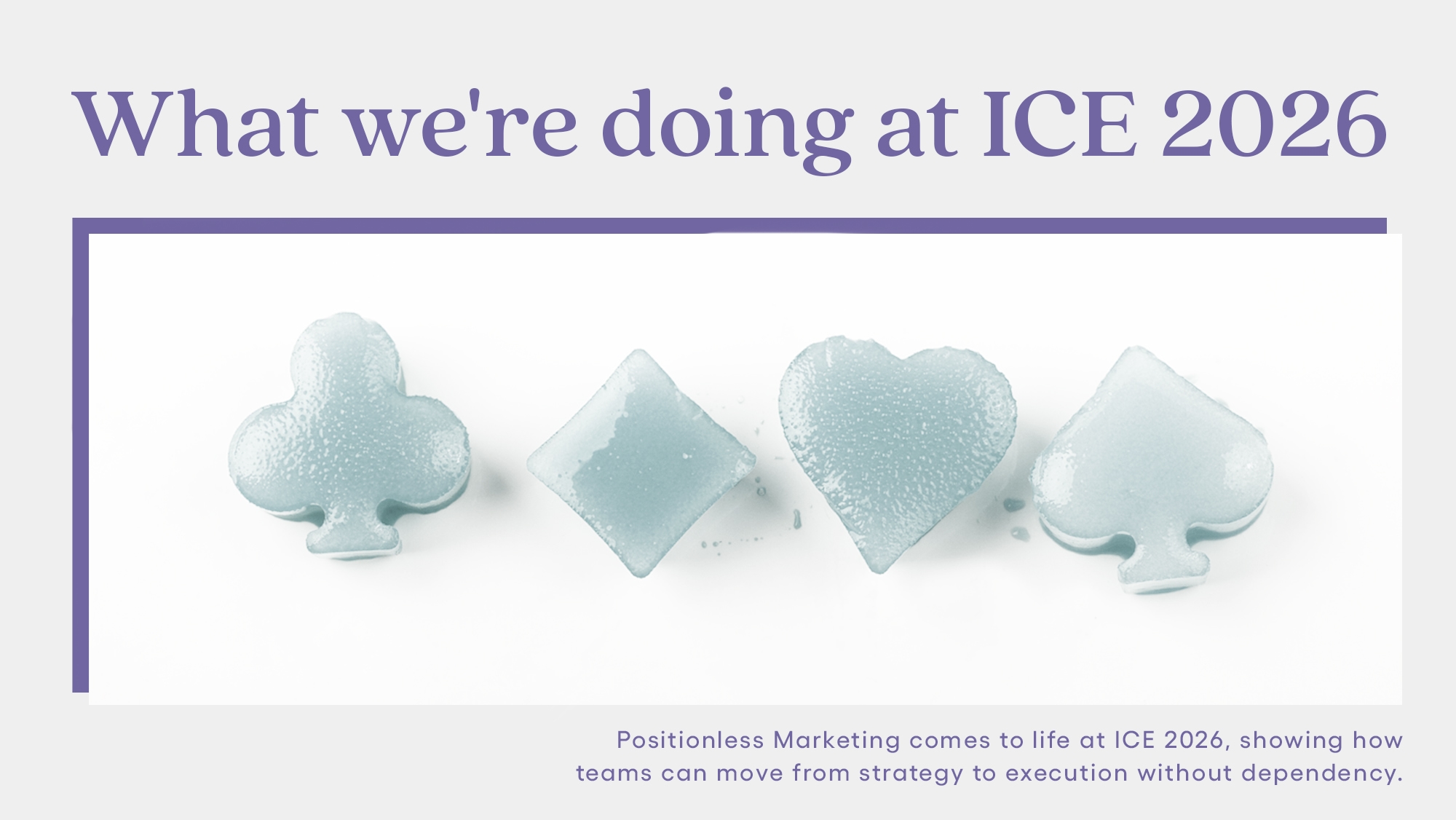
AI and the Retail Marketer’s Future
How AI transforms strategy and processes, driving the adoption of Positionless Marketing
Exclusive Forrester Report on AI in Marketing
Why it matters:
The rising tide of in-app spending, amounting to a staggering $133 billion in 2021, underscores the need for mobile marketers to navigate the fiercely competitive landscape with precision. Deferred Deep Linking (DDL) emerges as the secret sauce, offering a seamless pathway to conversion and unparalleled user experience. By leveraging DDL, brands can minimize friction, enhance first-time user experiences, and significantly boost conversion rates.

Key takeaways:
Over the last 24 months, as the world rode the COVID wave, the number of consumers turning to mobile to manage their lives - shopping, fitness, entertainment, food - increased dramatically, driving a jaw-dropping $133 billion in in-app spending in 2021.
Spending increases exponentially in-app compared with other channels; app users spend an average of 201.8 minutes each month shopping, compared to a paltry 10.9 minutes/month on websites.
These changes force mobile marketers everywhere to up their game as they jostle to connect with their target audience. But knowing where to focus your mobile marketing efforts in the current, fiercely competitive mobile apps market is no walk in the park. How do you nudge your audience from your website, or your ads, to your app? Read on!
Mobile apps are essentially stand-alone entities with limited ability to communicate with each other, or with websites; we can’t simply open an app on our smartphone and start browsing cross-app the way we do with websites.
To attain similar functionality, app developers use deep links that send users straight to a specific location in the app instead of to a website. So, for example, when you receive an email from Amazon with details of an order update with a link for more details, the app will launch when you click on the link, taking you to the relevant screen and information. All good and well - if the recipient has the app installed. If they don't, all they’ll get is the dreaded error message. That’s where Deferred Deep Linking comes in…
Imagine you’re an outdoor brand that sells a range of products; hiking boots; outerwear, tents, rucksacks, etc. You want to create a campaign for your big yearly sale via which you’ll include deferred deep links to your range of sale items. Wherever the recipient clicks on the link in your campaigns - email, SMS, or ads - your app will launch and the user will land on the relevant item in-app - if they have the app installed.
But if the recipient clicks on the link and doesn’t have your app installed, rather than the highly irritating error message, they’ll be deferred to the relevant App Store page where they can download your app. But that’s not where the ingenuity lies … the brilliance of a deferred deep link is that when your potential customer installs and opens your app, they’ll be sent to the location of the link they originally clicked on, thereby enjoying an optimum customer experience, increasing the likelihood of engagement, and the likelihood of a purchase. That’s why DDL is a mobile marketer’s BFF.
Three benefits of deferred deep linking:
DDLs are the magic sauce in successful mobile marketing campaigns, optimizing the user experience and clearing the path to conversion. Let’s look at how the brands we work with utilize them to maximize the impact of their campaigns:
Over 70% of us access social media on our mobile devices (Business of Apps), so it should come as no surprise that utilizing DDLs across your social campaigns is one of the most effective methods to drive traffic to your mobile app.
Users that both follow and consume your brand’s social content are already engaged, and even better, will often extend your reach by sharing content they like with connections who may not be using your app. Use the opportunity to implement DDLs across social channels to steer new users to your app, You might also consider using DDLs on your profile pages across your social channels, capturing a wider audience beyond campaign efforts.
For a long time, no one really believed that QR codes had a future (trust me, I was there), but technology and consumers have moved on, and along with them, the QR code’s appeal. Today, 54% of shoppers aged 18 to 19 reported using QR codes at least once in the past three months, and 59% of shoppers tell us they’ll always be using them.
Today, you can find QR codes on OOH advertising at the bus stop, on the metro, in your favorite store, or at the supermarket - and they’ll almost always be using DDLs, driving users new and existing to their mobile app where marketers can deliver the relevant content; think discount coupons, food delivery, and ordering, 2-4-1 product offers and location navigation and product information.
Fact: users will spend more in your app than on your website. Why? Apps deliver more relevant, personal content - which means a far more impactful CX. When your customers make a purchase on your mobile site, if you’re doing things right, they should end up on a confirmation page. Instead of stopping there, here’s your opportunity to steer these customers to your app. Showcase the benefits they can enjoy when they download your app and include DDLs to take them there, eg, “Next time, get 10% off when you shop via our app”, or, “Sign up for our app and we’ll send you a 15% code for your next purchase” - you get the idea. Don’t forget to include your App and Play Store app icons on your website, with download links/buttons!
Traditional email service providers enable marketing teams to measure clicks on campaign links - but they don’t usually have the ability to direct users to the app store or the app. Deep linking and DDL are your way around this, taking engaged users straight to all of that fabulous, hyper-personalized content you want them to see. And for referrals and sharing? Deferred deep links will help boost your campaign results as new users are encouraged to connect to your brand with a pitch-perfect, seamless experience.
Believe it or not - and you will if you’re a mobile marketer - SMS still trumps every other digital platform when it comes to marketing: On average, 75% of us want to receive brand offers via SMS, with the CTR for SMS campaigns sitting around a very impressive 9.18% higher compared to any other digital channel. Bottom line? Use deep links in your SMS campaigns to send timely, relevant, and personalized offers, reengage lost users, launch referral campaigns - and see higher than average conversion rates.
Bottom line? DDL is super effective
Deferred deep linking is hands down one of the most effective methods of improving engagement, retention, and conversions. By providing a clear, friction-free path for your audience to navigate across your digital real estate, DDLs deliver the optimum CX by streamlining the user journey, and making it as easy and as enjoyable as possible - a journey can create loyal, life-long customers. If you’d like to find out how Optimove can support you to reach these goals, let’s get the conversation started!
Exclusive Forrester Report on AI in Marketing
In this proprietary Forrester report, learn how global marketers use AI and Positionless Marketing to streamline workflows and increase relevance.


Rony Vexelman is Optimove’s VP of Marketing. Rony leads Optimove’s marketing strategy across regions and industries.
Previously, Rony was Optimove's Director of Product Marketing leading product releases, customer marketing efforts and analyst relations. Rony holds a BA in Business Administration and Sociology from Tel Aviv University and an MBA from UCLA Anderson School of Management.


